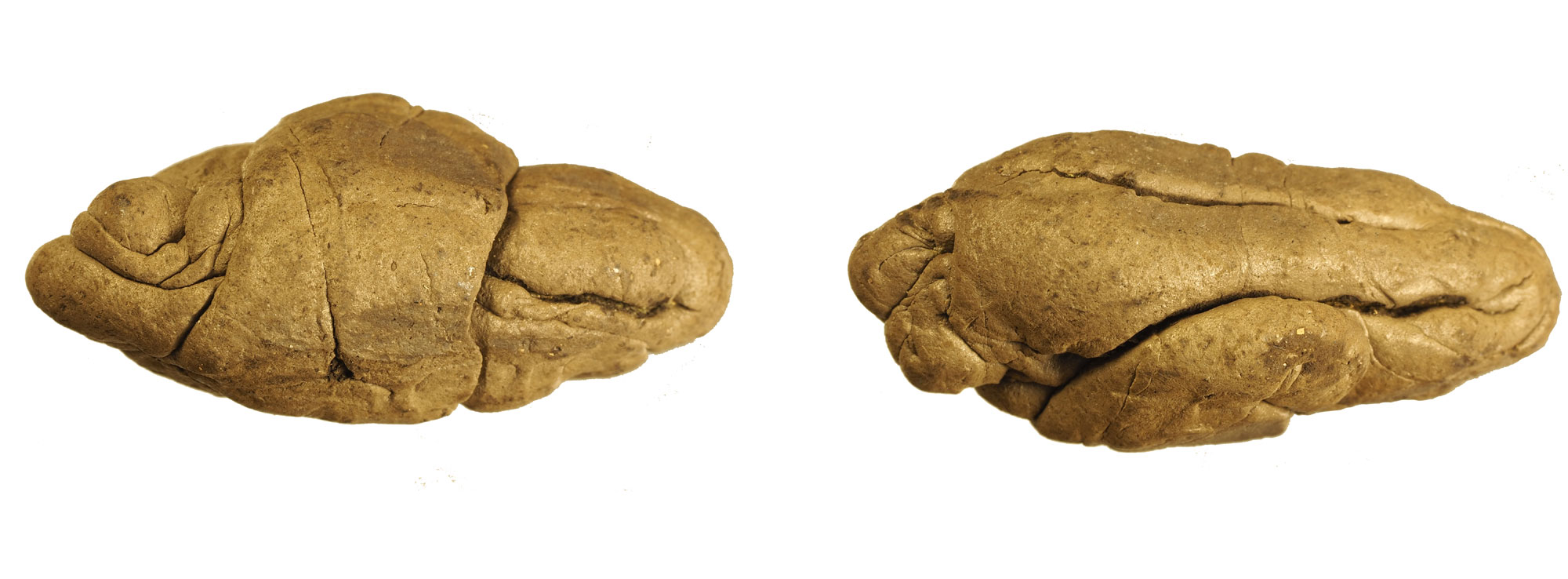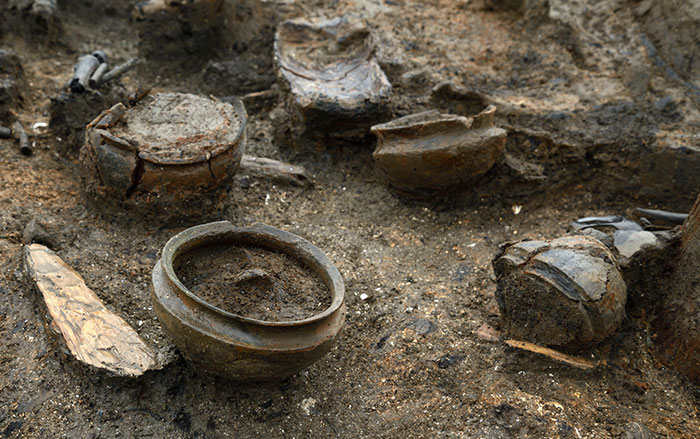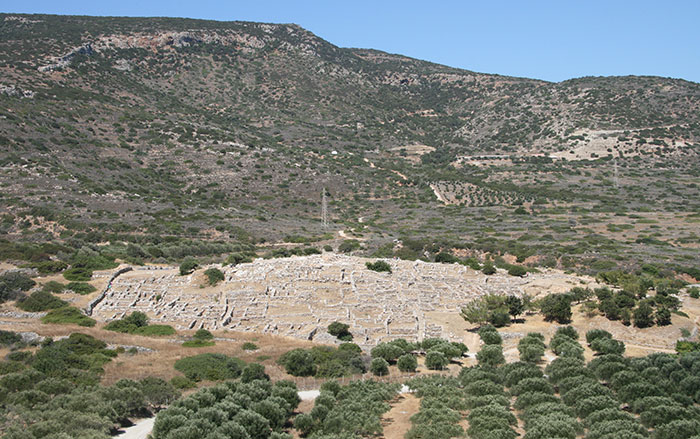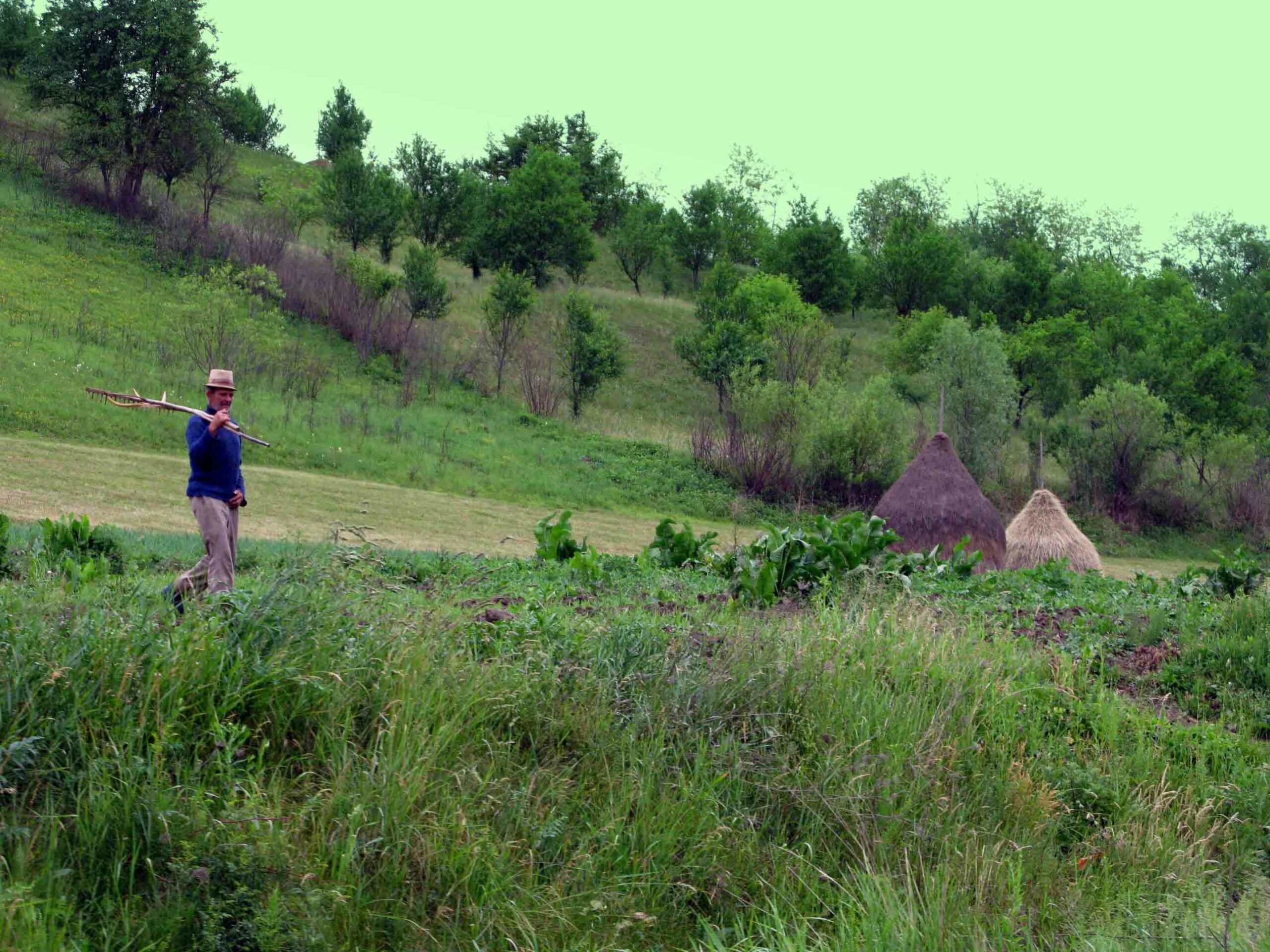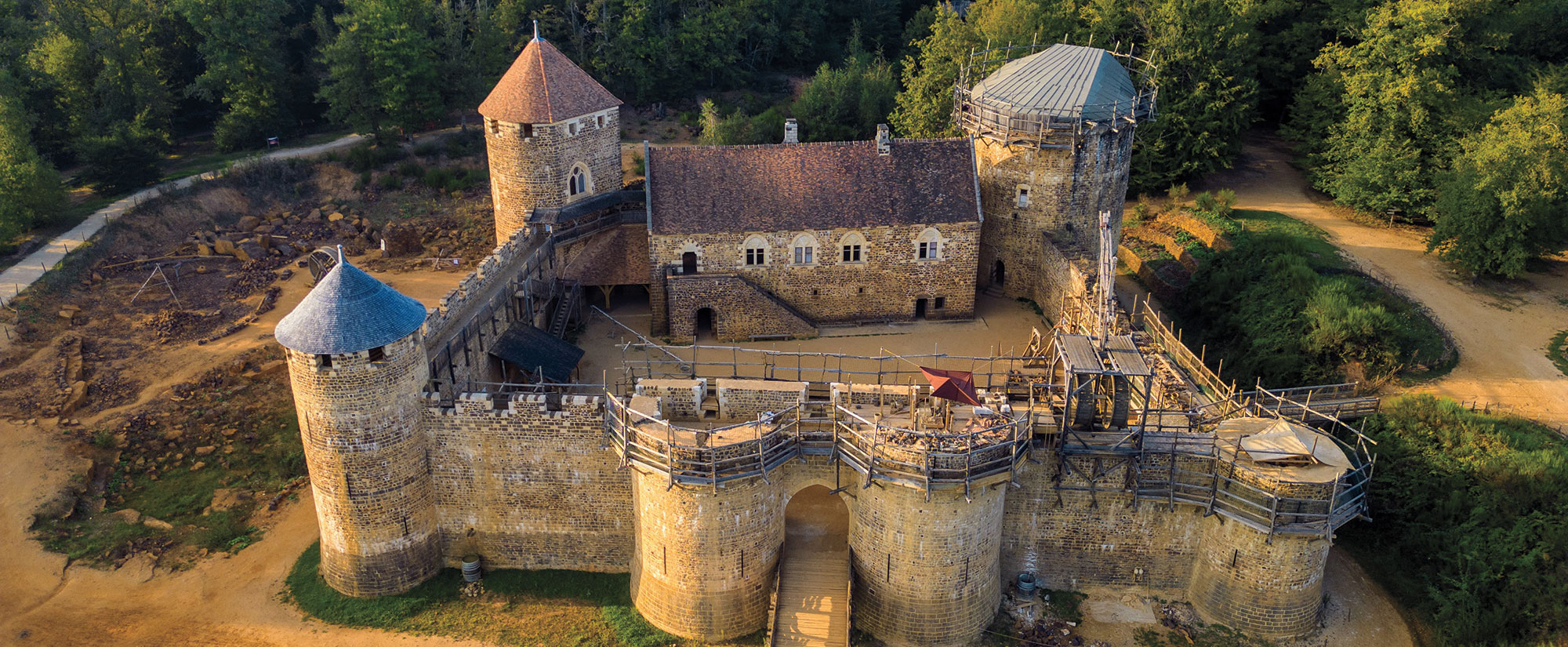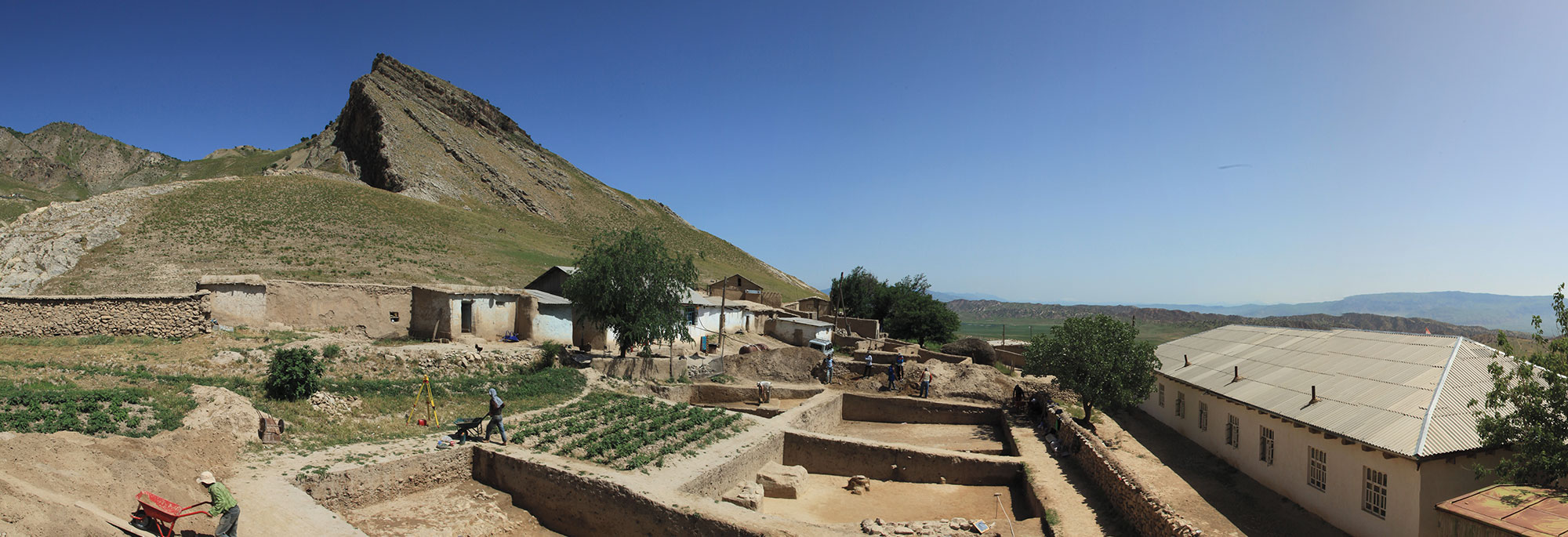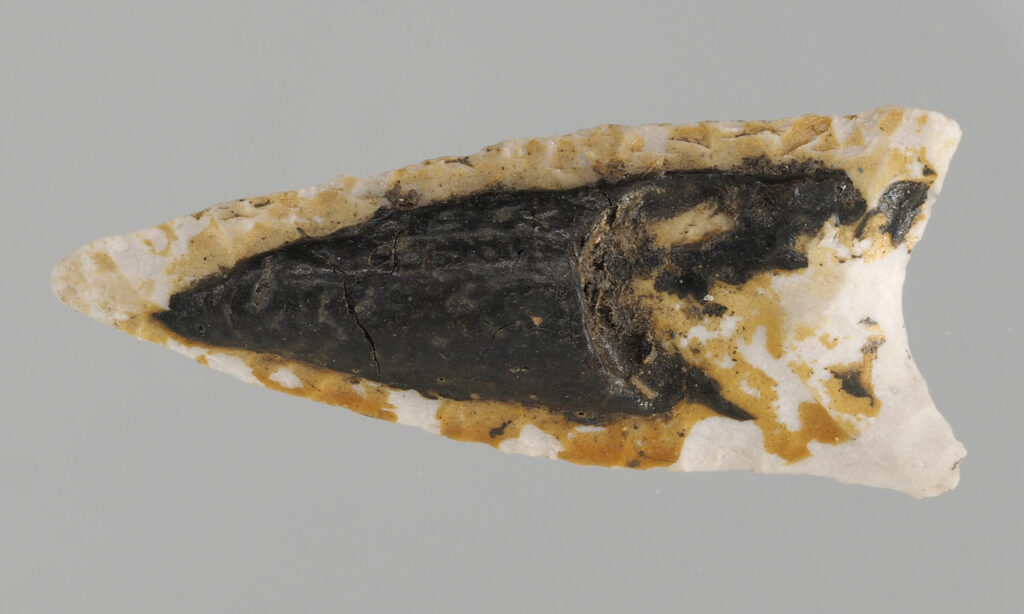
COPENHAGEN, DENMARK—Archaeologist Hannes Schroeder and geneticist Anna White of the University of Copenhagen and their colleagues analyzed 30 samples of birch bark tar taken from nine Neolithic settlements in Europe’s Alpine region, according to a Phys.org report. Some of the tar samples were found as loose lumps. Other samples in the study were in the form of residues scraped from pieces of pottery and flint blades. Chemical analysis of the samples was conducted first, to confirm that they were birch bark tar, which is produced by heating birch bark until it forms a sticky black resin. Genetic material from both men and women was found in the samples through DNA analysis; DNA from oral bacteria in some of the samples shows that the tar had been chewed. DNA from barley, beech, wheat, pea, and hazel was also detected in these lumps, perhaps from foods recently consumed by the chewers. Traces of plant DNA was found in tar taken from the pottery fragments as well, suggesting that the vessels had been used for food storage or cooking. The tar in the pots may have been used to fix cracks or leaks, while tar recovered from flint blades was likely used to attach handles, the researchers concluded. To read the original scholarly paper, go to the Proceedings of the Royal Society B. To read more about the period, go to "The Neolithic Toolkit."


